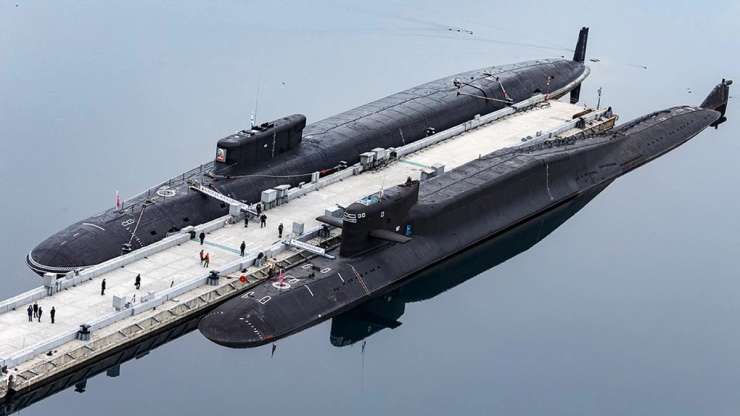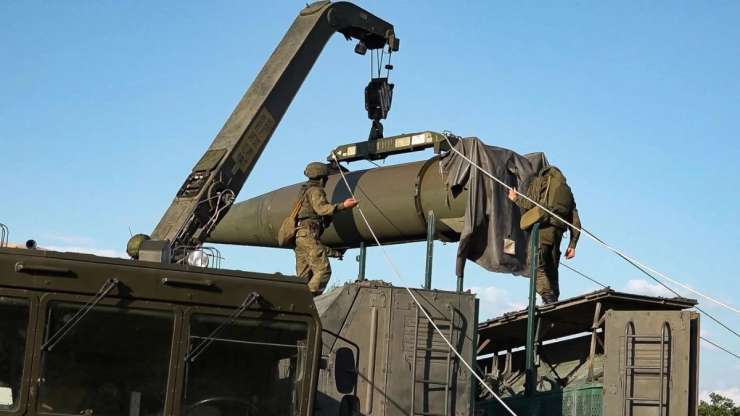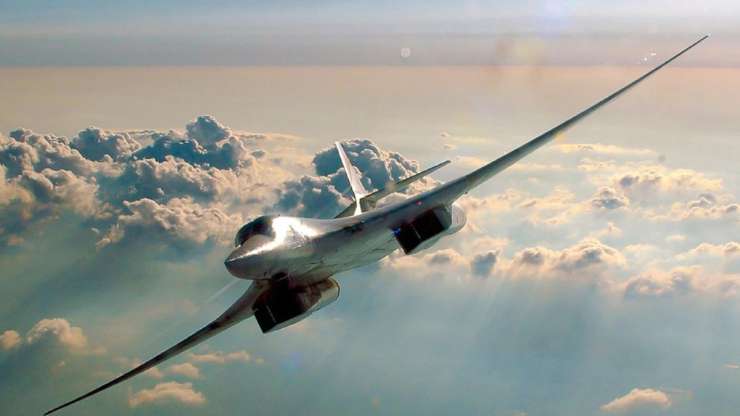Moscow: In a major escalation, Ukraine launched a high-risk drone strike deep into Russian territory on Sunday, reportedly destroying over 40 Russian aircraft, according to Ukraine’s Security Service. The attack came just hours before a fresh round of peace talks was scheduled in Istanbul, killing at least seven people.
A Ukrainian military official, speaking anonymously to The Associated Press, said the operation took more than 18 months to execute and was directly overseen by President Volodymyr Zelenskyy. Zelenskyy later confirmed that 117 drones were used and that the strike was coordinated from an office near the local FSB headquarters in Russia.
The mission involved smuggling first-person view (FPV) drones into Russia, where they were hidden in mobile wooden houses before being activated in the operation, described by Ukrainian sources as “extremely complex.”
In response, Russia launched its largest drone assault on Ukraine since the full-scale invasion began in February 2022. According to Ukraine’s air force, 472 drones and seven missiles were fired into Ukrainian territory.

At least 12 Ukrainian soldiers were killed and over 60 were injured in a missile strike on a military training unit, Ukrainian officials said. Simultaneously, explosions in western Russia led to the collapse of two bridges and the derailment of two trains, resulting in seven deaths and dozens of injuries. Russia’s Investigative Committee initially attributed the events to explosions but later removed the term from its official statement.
Sunday’s drone attack has raised fears of a potential Russian escalation using one of its so-called ‘super weapons’—a term President Vladimir Putin first introduced in March 2018, referring to a new class of nuclear or advanced military systems said to be unstoppable by current U.S. defenses.
Here are the six Russian ‘super weapons’ that remain unused in the current war but could redefine its course if deployed:
a) Avangard: Hypersonic glide vehicle.
9M730 Burevestnik: Nuclear-powered cruise missile.
3M22 Zircon: Scramjet-powered hypersonic anti-ship missile.

b) Kh-47M2 Kinzhal: Hypersonic air-launched ballistic missile.
Poseidon: Nuclear-capable unmanned underwater drone.
RS-28 Sarmat: Super-heavy, MIRV-equipped intercontinental ballistic missile.
These weapons are designed to bypass missile defenses and carry nuclear payloads over vast distances, making them highly lethal and strategically significant.
Amid growing tensions, Putin recently reaffirmed Russia’s dominance in global arms exports, stating that “Russia remains among the top five leaders on the global arms market.”
He emphasised the need to prioritise cutting-edge weapons. “Alongside traditional weapons, special attention should be paid to promising weapons that our armed forces require and which have export potential. These include robotic air, land, sea, and submarine vehicles, laser systems, and troop control systems that use artificial intelligence technologies,” Putin said.
“Such equipment represents the future of the global arms market. I am confident that we have significant growth potential in all areas of military technical cooperation,” Putin said, noting that the economic and organisational decisions already made have “proved their effectiveness.”
As Kyiv takes its war effort further into Russian territory, and Moscow escalates its retaliation, the question now is whether Putin will respond with a game-changing strategic weapon—one that could mark a dangerous new chapter in the war. With Russia’s most advanced weapons still unused and tensions rising sharply, the world is watching closely.







